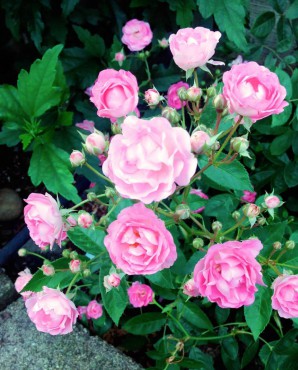
Midsummer Evaluation
By now you have been enjoying your rose blooms and perennials so it’s time to take a critical look at how the garden has progressed.
Did you arrange the placement of your plants so the plant heights are pleasing to your eye? Sometimes plant tags give general size dimensions that are not always correct in our climate. Other times, gardeners just put the right plant in the wrong place or get the colors in the wrong location, or the bloom cycle is not attractively distributed among the space.
These are all problems that can be easily fixed if you take a few photos now and think about what to move or add later.
Next, consider if you have enough air space between your roses and other plants. When plants are crowded, the fungal diseases are more likely to set in on roses.
Warm, dry days and cool nights with a bit of dew are conditions where powdery mildew will show on all parts of roses. If you like a cottage-garden look to your garden rather than a more formal look, locate roses near the back or edge of the plot or wherever they would be likely to get the most sun and air circulation.
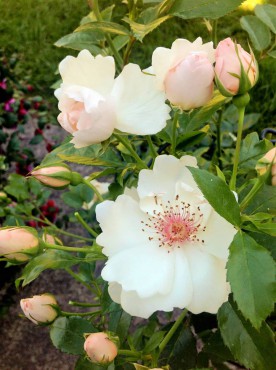
Evaluate the health of your plants. Sometimes individual roses need attention and correctly diagnosing the problem should be the first step before any action on your part. Common rose problems include those affecting leaves, buds, blossoms, canes or roots.
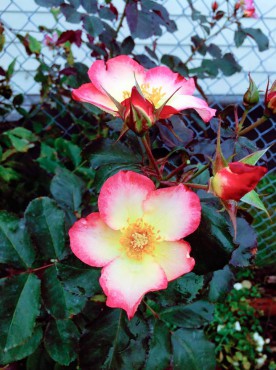
Knowing how to describe the problem, whether you have spots or holes in leaves or lack of flowers, will be helpful when requesting solutions from a local consulting rosarian or Master Gardener.
If you notice disease on the leaves, stems or blooms, a quick fix is to cut off the diseased parts, sanitizing the tools after pruning with a Lysol spray product. A rare or a favorite rose will be worth the effort to rejuvenate by moderate pruning. But if the rose or other plant looks bad now, do not be afraid to “shovel prune” it. You will find a much better replacement for that location with little trouble.
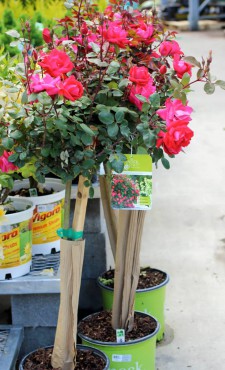
That said, be cautioned about buying plants on clearance or in less than prime condition at this time of year. Roses are not drought-tolerant plants and some vendors do not have the staff to keep them hydrated and in their prime for sale and summer transplanting.
Roses that were started in pots in February have extensive root systems by midsummer and are most likely crowded in the nursery pot. It can be done now, but you will need to make a commitment to water and check on any plantings during the dry season.
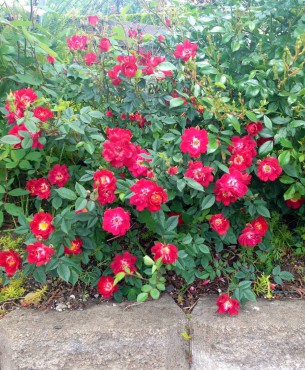
Easiest Care Roses You Can Grow
Easy care does not mean no care. Even roses labeled easy-care or low maintenance need some tending. All roses grow best with six to eight hours of full sun and one or two deep waterings a week during the dry months. Drip irrigation is ideal because it keeps the foliage dry.
There are lots of choices of roses in this easy-care category. In 1988, the Texas A & M University Rose Research Program and the Texas Nursery and Landscape Association started a search for roses that could be given their Earth-Kind designation for sustainable rose gardens. This program has tested roses in the North, Midwest and South under specific measurable conditions such as identification of disease tolerance, need for little added moisture if given 3 inches of mulch and no need for excessive fertilizer.
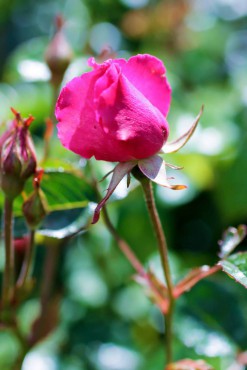
Of course, roses would perform best if these things were done regularly, but as part of the Earth-Kind program, minimal gardener input was tested. Some of the roses are quite suitable for our climate and a list of roses with the Earth-Kind designation can be found at earthkindroses.tamu.edu.
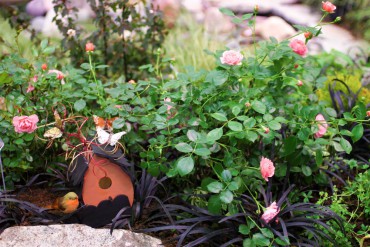 Earth-Kind rose cultivars are an eclectic collection of healthy roses with a wide variety of introduction dates and growth habit. Chamblee’s Nursery in Tyler, Texas, is the main nursery that has propagated many of these varieties as a group (see www.chambleeroses.com).
Earth-Kind rose cultivars are an eclectic collection of healthy roses with a wide variety of introduction dates and growth habit. Chamblee’s Nursery in Tyler, Texas, is the main nursery that has propagated many of these varieties as a group (see www.chambleeroses.com).
Kordes roses, from Germany, have a reputation for beauty, disease resistance and hardiness. The Kordes hybridizing program is almost 100 years old and adheres to developing roses that meet the tough German ADR requirements where new roses are tested without sprays for three years. Kordes roses are becoming more available in the United States. Chamblee’s Nursery now has these disease-resistant plants available via mail order.
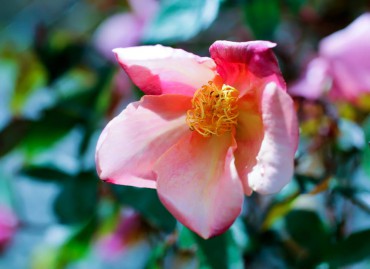
There are other roses that fall into the easy-care category and have come into the general gardening market, starting with the 2000 introduction of Knock Out roses hybridized by Will Radler of Greenfield, Wisc. Radler continues to produce high-quality, disease-resistant landscape roses and regularly introduces new additions.
Orchid Romance is a disease-resistant and fragrant mauve rose. Sunny Knock Out will brighten any garden corner. Milwaukee’s Calatrava rose was named for the Milwaukee Art Museum and is a lovely white rose on a medium-size shrub plant and along with the ever-popular Rainbow Knock Out are just a few disease-resistant roses from the Radler hybridizing program. This season, the original Knock Out rose and the Double Knock Out were available for sale as a standard or tree rose form, which is a nice way to add height to the garden.
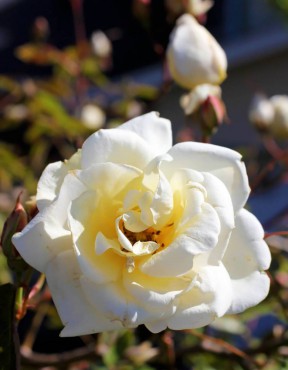
Generally, American low-care roses that are readily available have been introduced as OSO Easy Shrub Roses and Flower Carpet Roses or begin with the name Carefree. They are all good bets and have been tested for carefree garden use. They do not have a formal hybrid tea form, but will be colorful and sometimes fragrant.
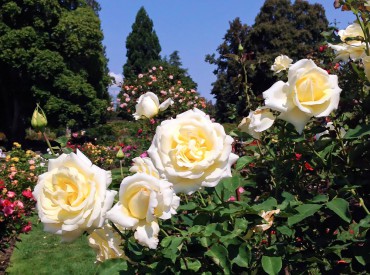
More Ideas
Still looking for more ideas for your rose garden? Visiting other rose gardens is an inspiring way to evaluate roses and compile a list of good performers for future additions to your garden.
Private gardens are plentiful and Kitsap Rose Society offers “visit a member’s garden tours” for members during the summer. The rose garden at the Kitsap Library in Silverdale, located at 3450 NW Carlton Street, includes 25 roses that are maintained by the Rose Society.
Just south of Kitsap, you can visit an outstanding, free public rose garden at Point Defiance Rose Garden in Tacoma. If you are traveling to the Portland area this summer, plan some time to visit another free garden, the International Rose Test Garden in Washington Park.




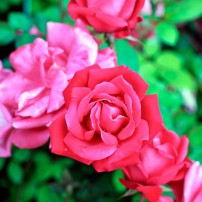
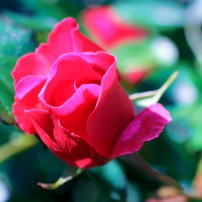
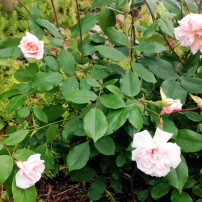
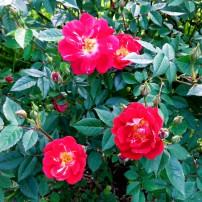
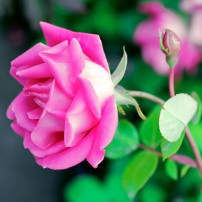
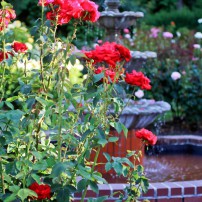
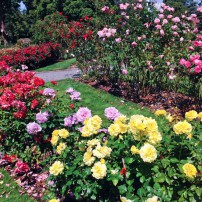

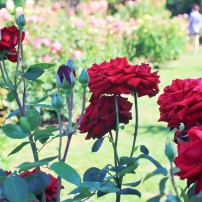
























Comments